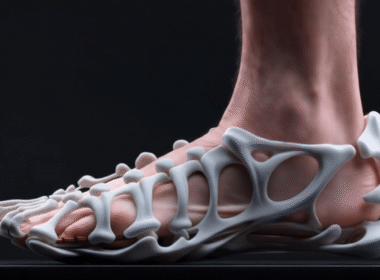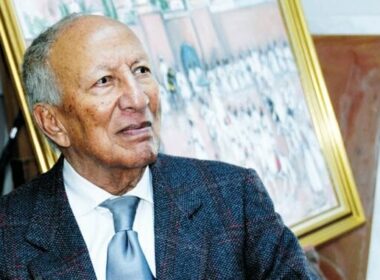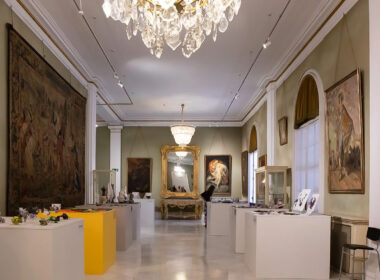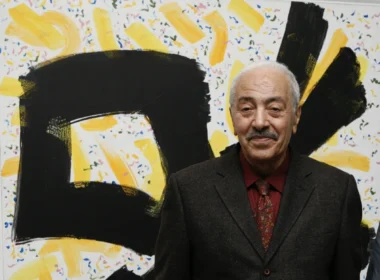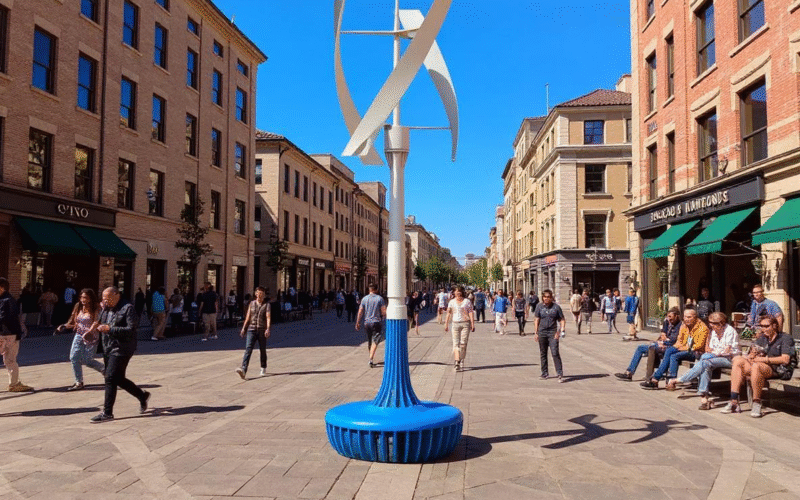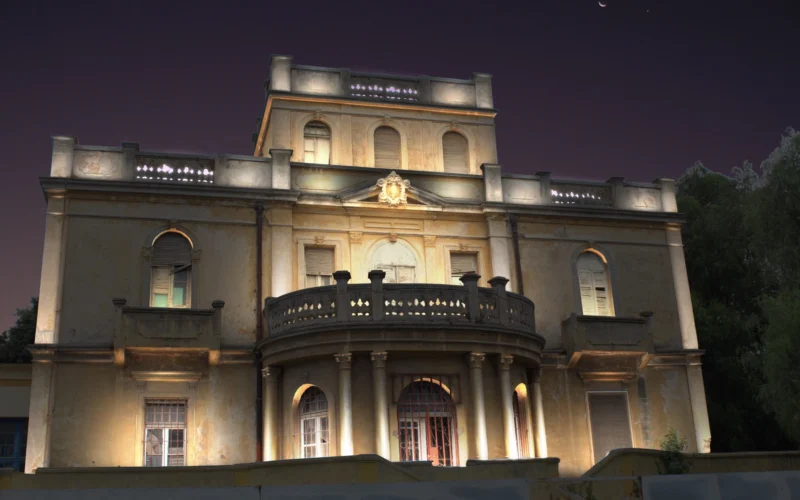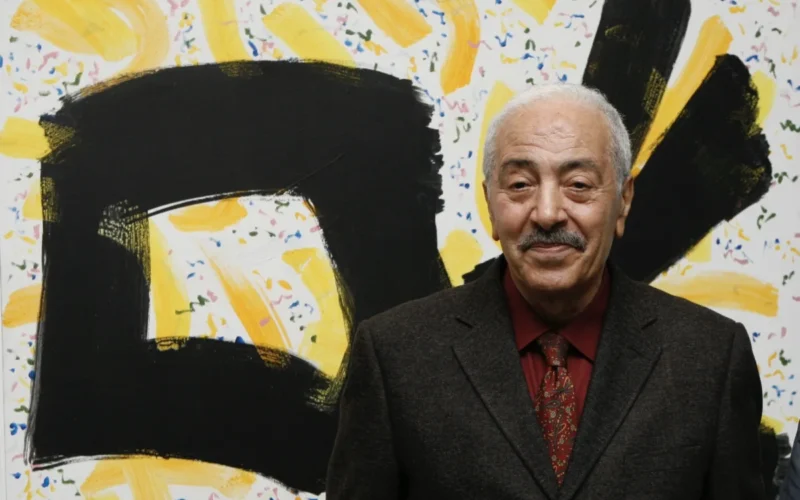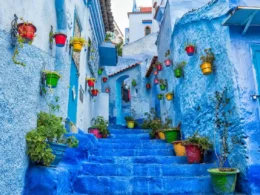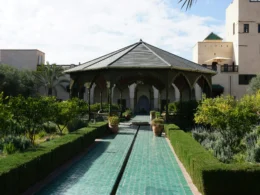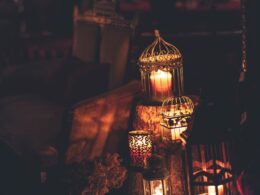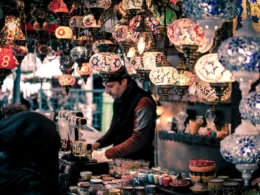Under the High Patronage of His Majesty King Mohammed VI, the coastal city of Essaouira, Morocco’s “City of the Trade Winds”, unveiled a project that beautifully captures the spirit of innovation rooted in place: SAWIRA, a wind-powered urban bench.
Presented during the 26th International Congress on Climate Change, organised by the Centre International de Recherche et de Renforcement des Capacités (CI2RC), SAWIRA is more than a piece of street furniture. It is a poetic manifesto for sustainable living, collective creativity, and energy autonomy.
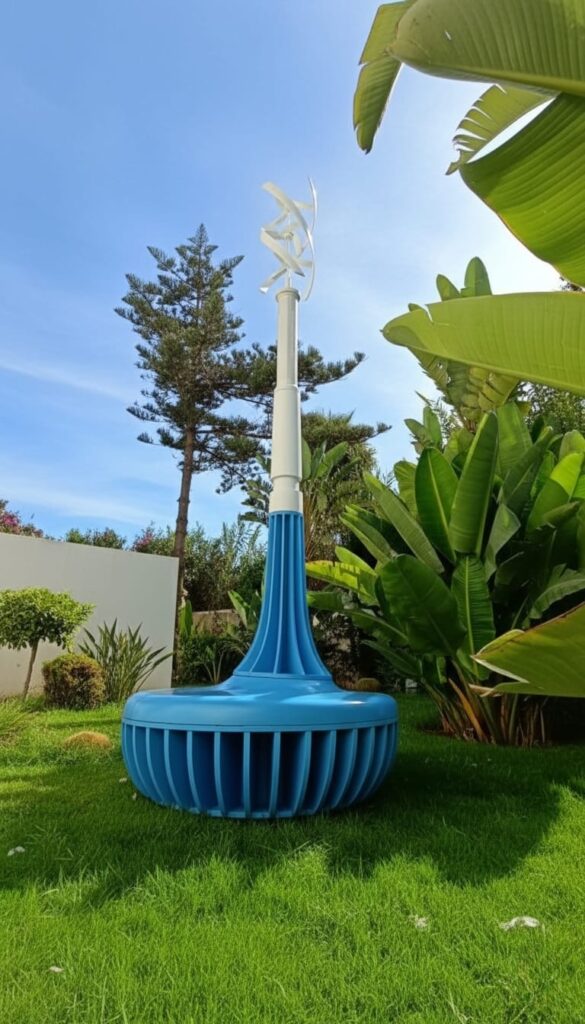
Born from the Wind, Crafted by Hand
At first glance, SAWIRA looks like a sculptural wooden bench, seamlessly blending into Essaouira’s urban landscape; elegant, minimal, and organic. But hidden within its form is a quiet revolution.
A vertical-axis wind turbine, 3D-printed from recycled plastic, converts the city’s constant coastal winds into clean electricity. The energy generated is enough to light up public spaces, recharge phones, tablets, or e-bikes, and power the bench’s integrated lighting system after sunset.
SAWIRA is a piece of self-sufficient furniture, a micro-infrastructure that embodies autonomy, beauty, and sustainability.
It shows that energy doesn’t have to be an abstract concept tied to distant grids and massive systems. It can be local, visible, and part of our everyday environment.
A Collective Creation Rooted in Essaouira
Behind this visionary object stands a collective of designers, artisans, engineers, and researchers united by a shared belief: that innovation should be human, collaborative, and locally grounded.
- Mahdi Naim Design Lab, led by Mahdi Naim, conceived and coordinated the project. Known for his systemic approach to design, Mahdi believes that design should go beyond aesthetics to shape relationships between people, materials, and environments.
With SAWIRA, he envisioned a bench that doesn’t just invite people to sit, but to connect with each other and with the wind. - Essaouira Interiors, an artisanal workshop nestled in the medina, brought the tactile warmth of Moroccan craftsmanship to the project. Using local woods such as thuya and cedar, the artisans shaped the bench with the sensitivity and precision that only handcraft can offer.
Each curve, grain, and joint speaks of the city’s heritage, turning renewable material into a vessel for renewable energy. - 3DM, a Casablanca-based company specialising in 3D printing with recycled plastic, gave form to the turbine that crowns the bench. Their expertise transformed discarded plastic into a functional, elegant component, a reminder that even waste can become wind-borne beauty.
- Finally, the CI2RC (International Center for Research and Capacity Building) of Cadi Ayyad University in Essaouira provided the project’s scientific and energy validation. Their contribution ensured that SAWIRA’s design was not only symbolic but also technically sound, a real-world example of climate-conscious innovation grounded in academic rigour.
Together, these actors transformed a poetic idea into a tangible reality, proving that the future of sustainable design lies in collaboration between art, science, and craft.
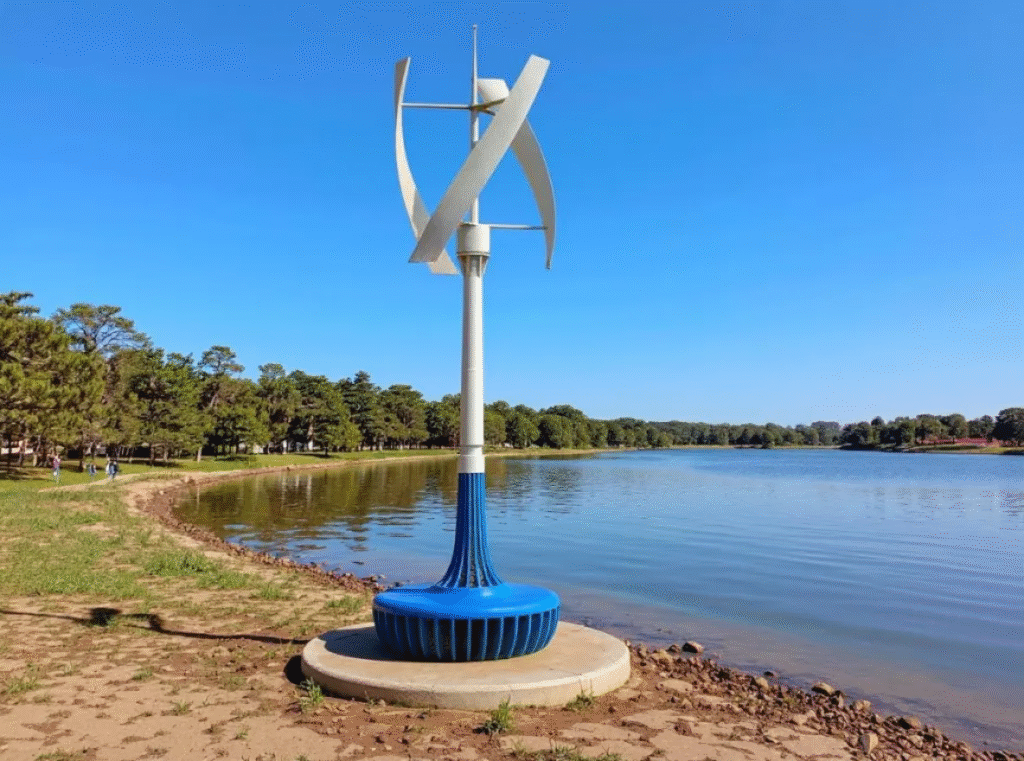
Energy on a Human Scale
SAWIRA produces up to 2 kWh of clean energy per day, enough to meet small-scale public needs like lighting and device charging.
But beyond its measurable impact, the project carries a more profound message: that energy can once again become a shared resource, accessible and visible, connecting people rather than dividing them.
“SAWIRA is a gentle answer to an urgent question: how can we live together in a world in transition?
We wanted energy to become a link, not a dependence,” explains Mahdi Naim, designer and project coordinator.
His words resonate deeply in an age where sustainability often feels technical and detached. SAWIRA brings it back to the human level, to the street, the touch of wood, the sound of the wind, and the glow of light at dusk.
Essaouira: A Living Laboratory for Ecological Transition
Beyond its technical and aesthetic qualities, SAWIRA represents a model for territorial development through design.
It exemplifies a systemic approach, where every stakeholder, from artisans to researchers, contributes to a shared ecosystem of value.
The project embodies Morocco’s vision for a circular, locally anchored economy, where innovation emerges from the territory itself rather than being imposed upon it.
Essaouira, with its rich artistic heritage and winds that never rest, was the perfect birthplace for this experiment.
By integrating traditional craftsmanship with clean technology, the city reaffirms its role as a pioneer of Moroccan ecological innovation.
The project also aligns with IBTIKAR AL OMRANE, a national initiative promoting technological transfer and sustainable urban planning. The Essaouira pilot phase marks the beginning of a broader deployment planned for other coastal Moroccan cities by 2027, an inspiring step toward cities that breathe, create, and generate their own energy.
A New Chapter for Moroccan Design
SAWIRA is not merely an object; it is a story, one of wind, hands, and minds coming together to craft a new narrative for urban life.
It stands as a poetic symbol of what design can achieve when it listens to the land, respects its resources, and trusts its people.
In a world seeking sustainable futures, SAWIRA reminds us that true innovation is not only about technology, it is about connection: between the artisan and the engineer, the city and its wind, the human and their environment.


